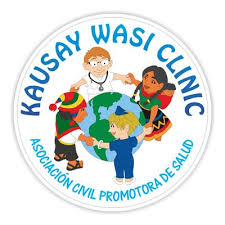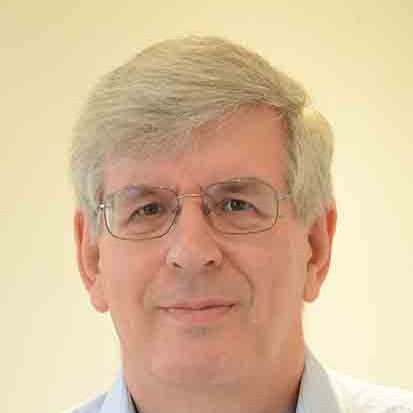The entire team included a coordinator, 8 members affiliated with Tufts Medical Center in Boston, Massachusetts and 4 members from the Cataract and Laser Institute in Medford, Oregon. Amazingly, we had only three and a half weeks to prepare but with good organization, several companies willing to donate supplies, and the help of all the members volunteering from both locations, the task was completed! We had the help of a coordinator who worked closely with the founders of the Kausay Wasi Clinic and both teams to organize logistics including: dates, location, official invitation, government papers, travel, lodging, and existing supply list from the clinic.
A week before the departure date, the Tufts team met on a Sunday night for a “packing party” to collect all supplies and tally what we had and what was still needed. All supplies were distributed and packed among a total of seventeen 50 lbduffle bags (roughly 2 bags each for check-in). We were truly a traveling clinic and instructed to pack our personal items in only one carry-on.
In retrospect, the biggest complication with the mission was the difficulty in getting the luggage and us to the clinic. We all seemed to depart at different times or dates. Even with all the proper papers to prove our legitimacy for carrying medical supplies and equipment, Peruvian customs officials still managed to confiscate one bag that included several post-op medication kits and 5 strabismus surgical kits as well as one box that carried a microscope for cataract surgeries. Fortunately, we were able to get the microscope back one day before our departure back to the US. After landing in Lima, we were bookedon the first flight to Cusco the next morning. We were matter-of-factly told, “Oh, the first flight to Cusco is always cancelled…” Even though we arrived at the clinic a little late, we saw several patients the first day and scheduled a list of patients who would have surgery the next day. Our week was off to a great start.
As part of the pediatric ophthalmology team, I helped to see 34 pediatric and adult strabismic patients. Our team performed 17 surgeries in a span of 3 days with several cases cancelled due to transportation limitations of the patients. Most families walked several hours in a day to reach us! Luckily, we could do many cases the same day they arrived. (Not bad!) We saw 17 patients 5 years old or less. Eleven patients were 6 to 17 years old and 6 patients were 18 years old or older.
Interestingly, the most common form of strabismus we saw was infantile esotropia. We saw two cases of possible accommodative esotropia, one with a third nerve palsy, one re-op from a previous strabismus mission trip, one esotropia with a large pterygium, and several infantile exotropia. We also treated amblyopia, refractive errors (with limited access to glasses and lenses), a patient with a prosthetic eye, and several eye infections.
In addition to our team, the general ophthalmology team did 32 cataract extractions, 15 pterygium removals, 3 capsulotomies, 1 vitrectomy, and 1 iridotomy. (Note: with only one microscope for all but one day!)
Going abroad to help patients who would never otherwise have access to surgery was a wonderful life-changing experience! Seeing the smiles on patients’ and the parents’ faces after strabismus surgery was worth every minute preparing for the trip. I recommend going abroad with teams outside of your institution because it is a great way to make new friends and meet colleagues from around the world!
Kausay Wasi Clinic Website: https://www.kausaywasi.org/
Nikki Batra. C.O.

